Leskovac
Tuesday, 11.04.2006.
13:59

Leskovac
The town lies on the Veternica River, not far from its confluence with South Morava, in a wide field closed from all sides. In the mid 12th c, Stefan Nemanja, while he was still only brother to the ruler of Serbia, got this area, known as Dubočica, from the Byzantine emperor Manuel Comninos, which greatly boosted his prestige among his brothers. The Turks conquered Leskovac in 1454 after a heroic defense by knight Nikola Skobaljić. An important trade point in 18th and 19th c, Leskovac became also the center of a large region. After the Serbian Insurrection the status of the local Serbs worsened drastically and subsequently the terror of Turkish and Albanian lords led the people to unsuccessful rebellion in 1841. The town was freed from Muslim hands in 1877 and soon changed its face. Due to its textile industry that prospered, Leskovac was dubbed “Serbian Manchester” manufacturing goods that were sold worldwide. All of this perished in WWII mostly as an aftermath of devastating and unnecessary Anglo-American bombings of 1944 that destroyed most of the old town. One thing that survived is the famous “Leskovac barbeque” (Leskovački roštilj) the quality name for the finest grilled meat that spread all over the Balkans and further.

Next to the old church stands the splendid New Church, a total opposite to its forerunner. It is a sturdy five-domed edifice with meticulous decoration inspired by different styles of Serbian Middle Age architecture. It was finished in 1931 on the designs of a Russian émigré Vasilij Androsov, while the inside is decorated with wall-paintings of yet another Russian, A. Bicenko.

Source: www.serbiainyourhands.com



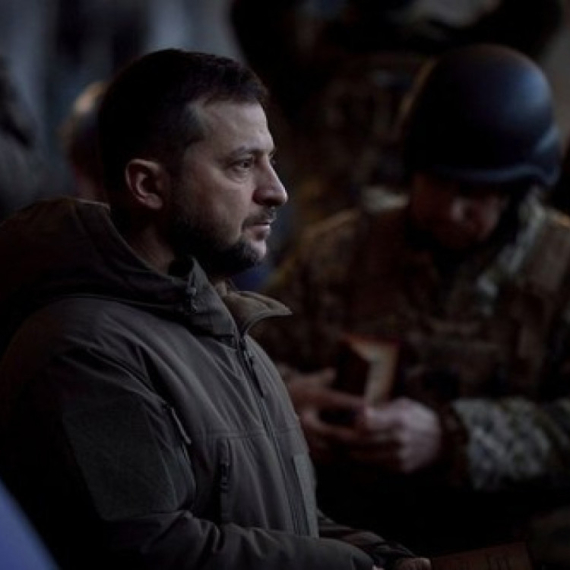
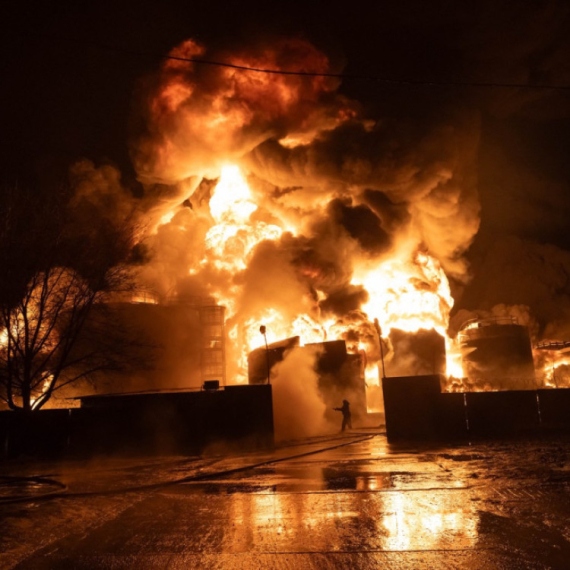






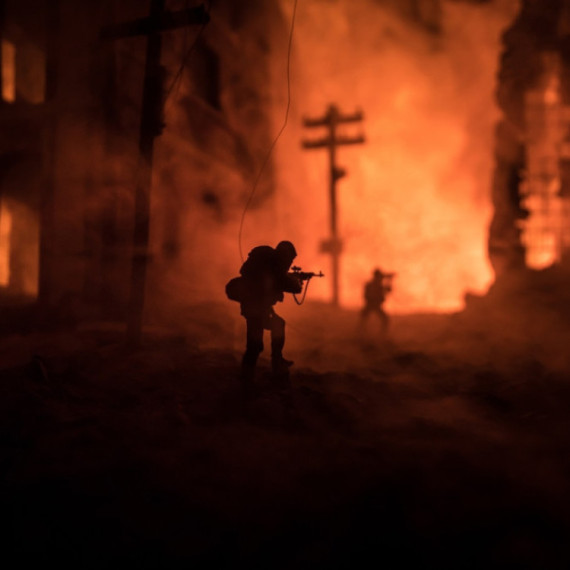
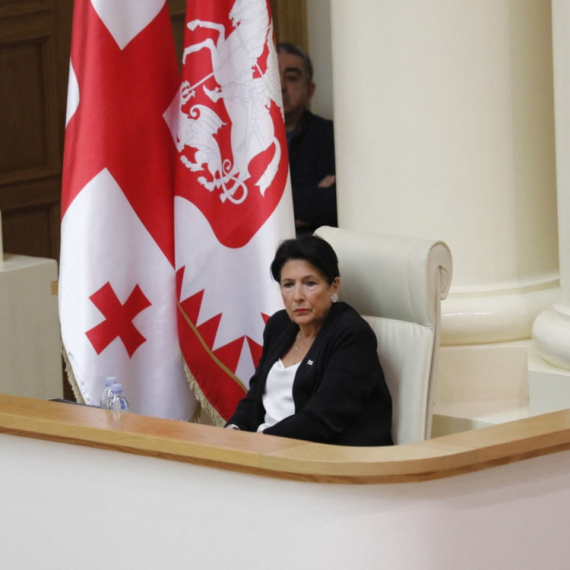




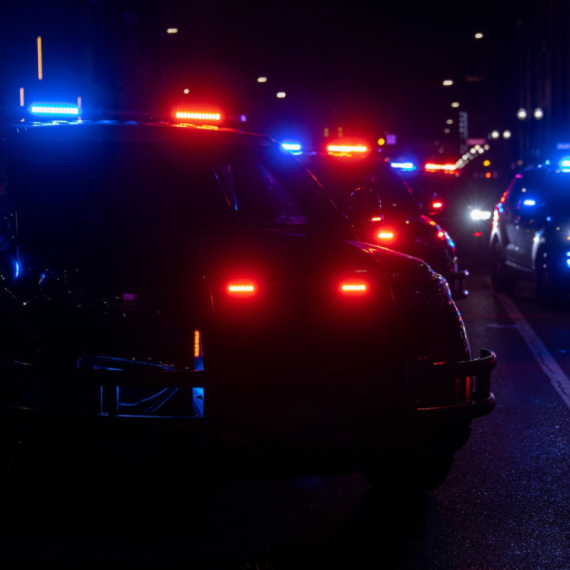



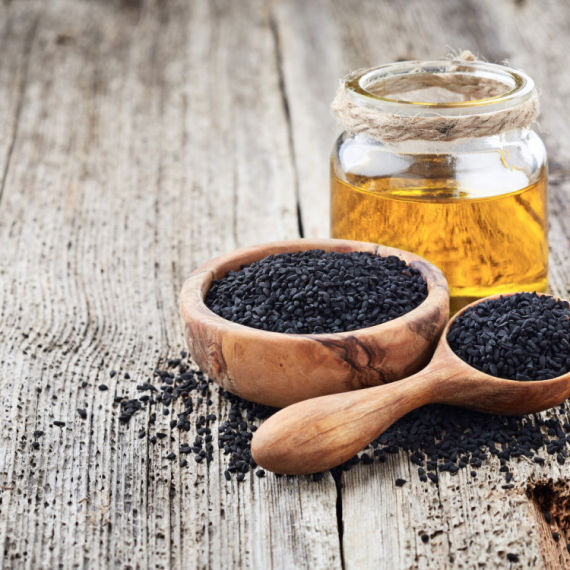

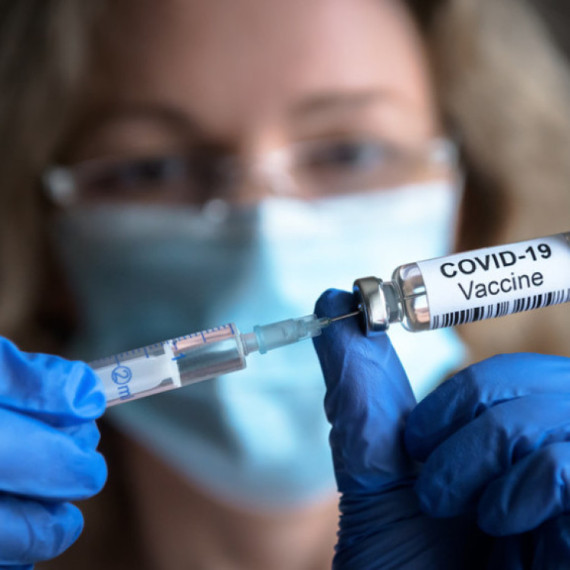

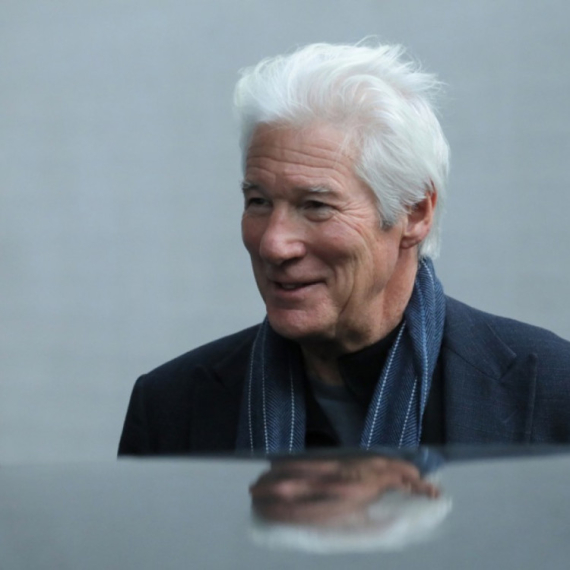

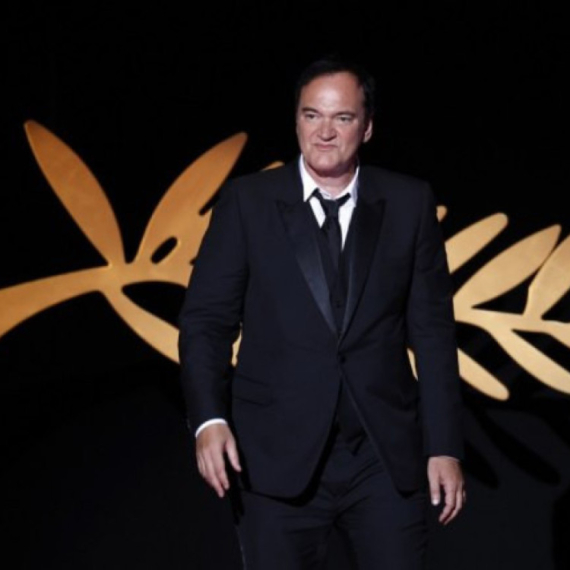

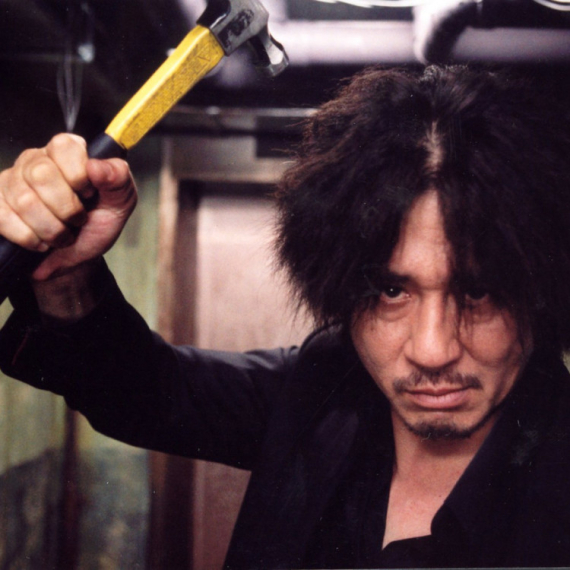



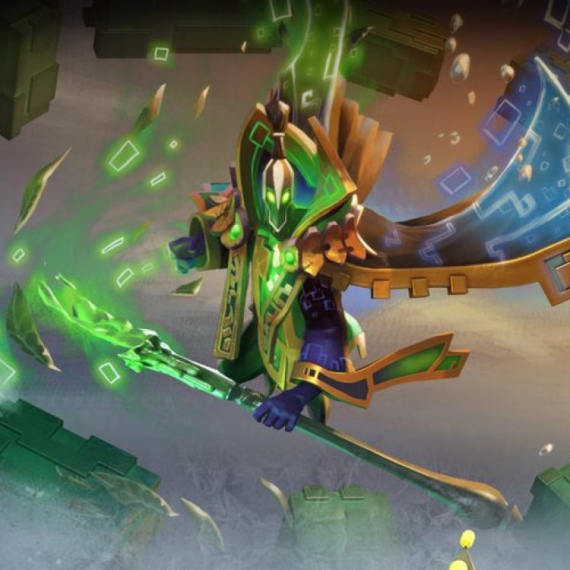
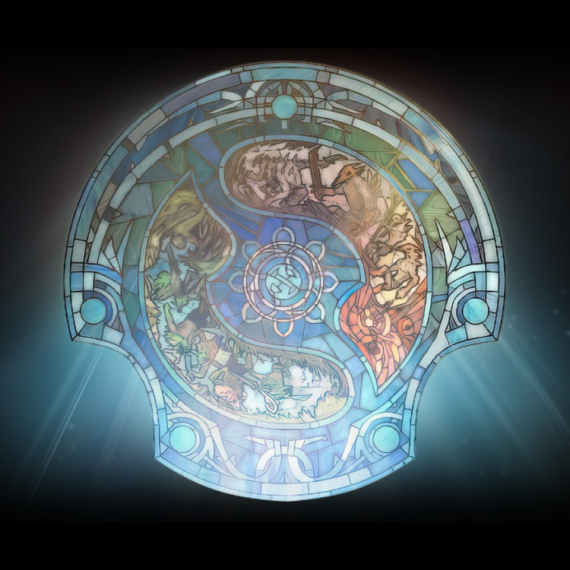

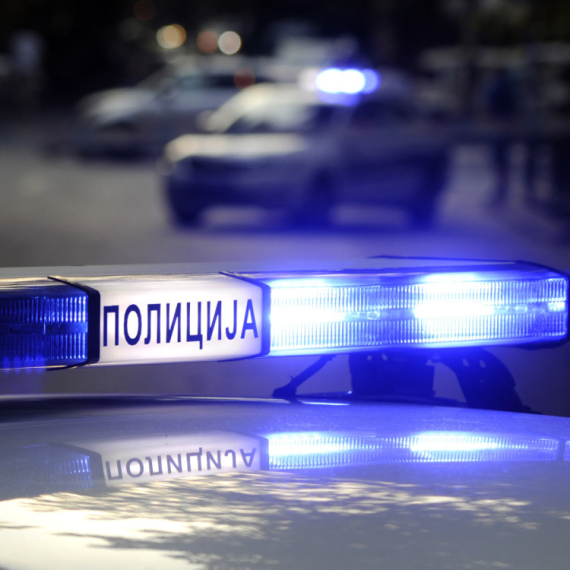
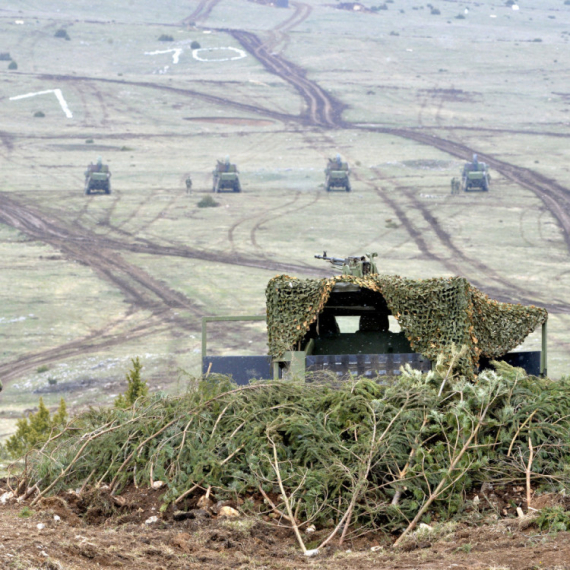
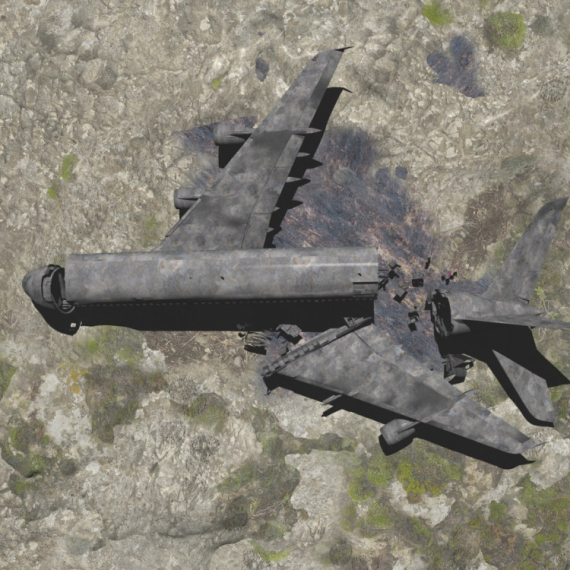
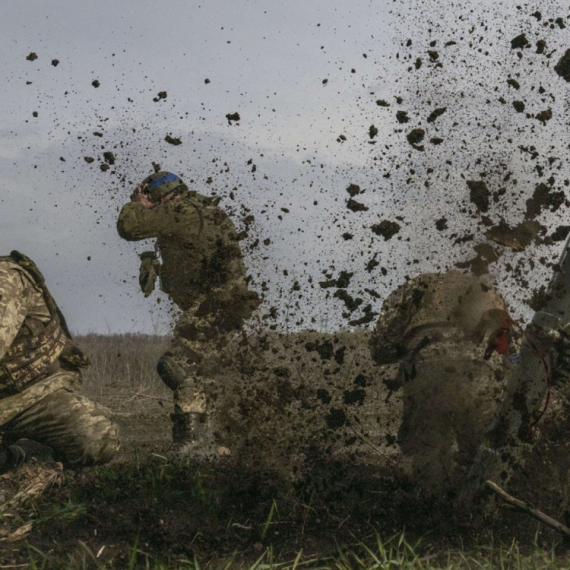

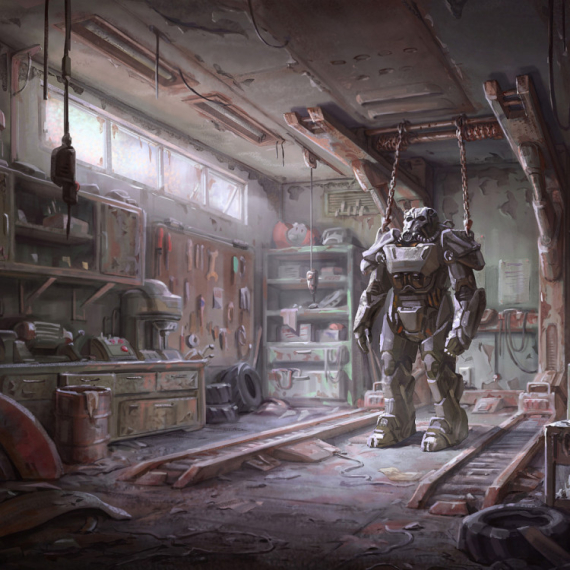


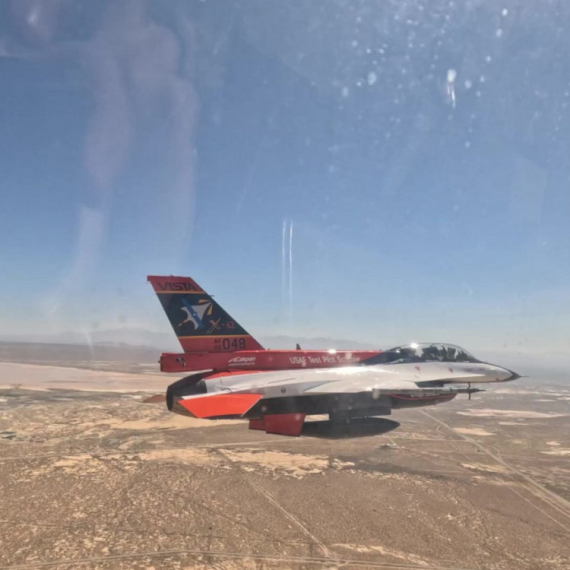



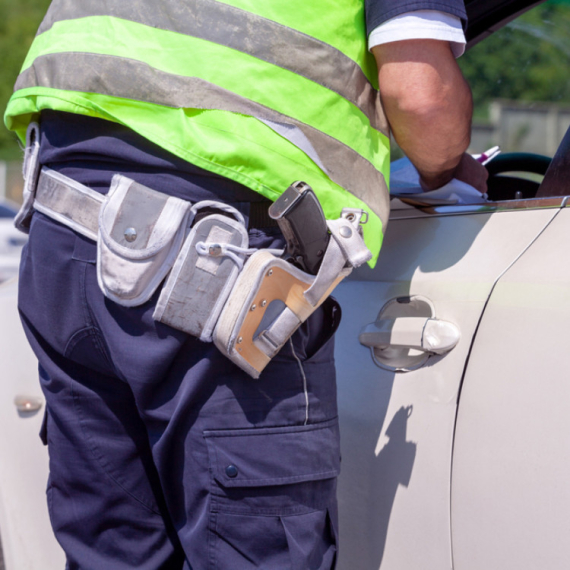
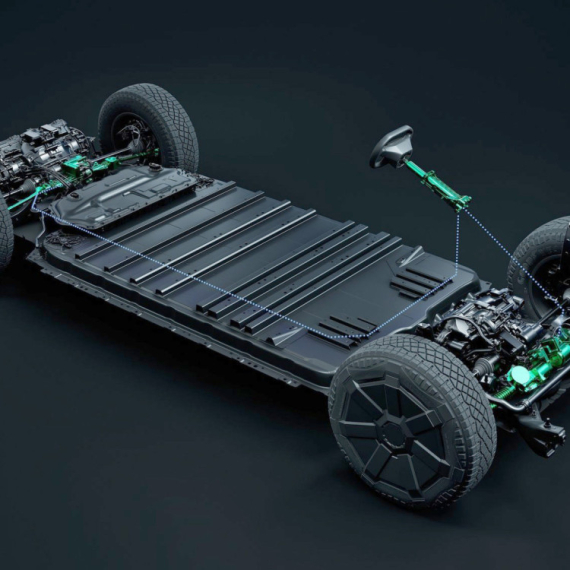
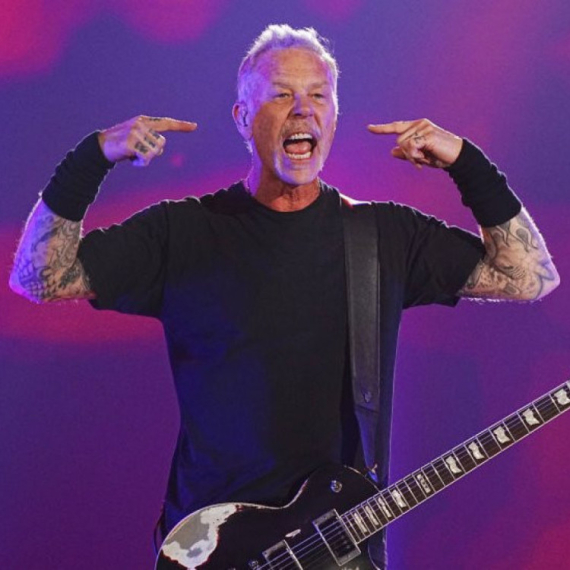
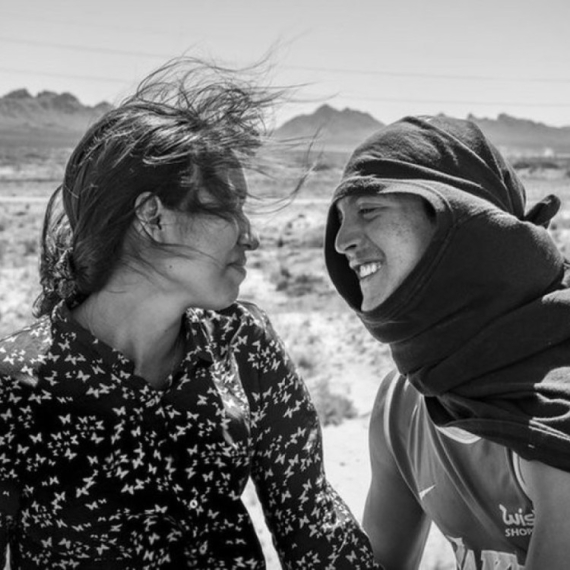




Komentari 0